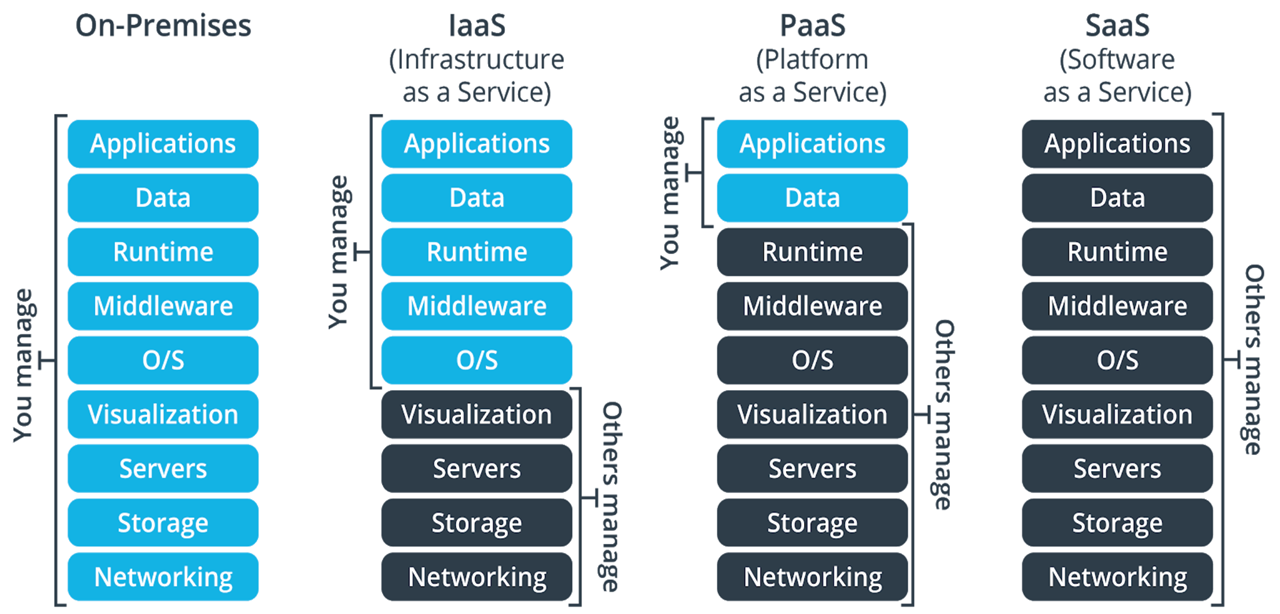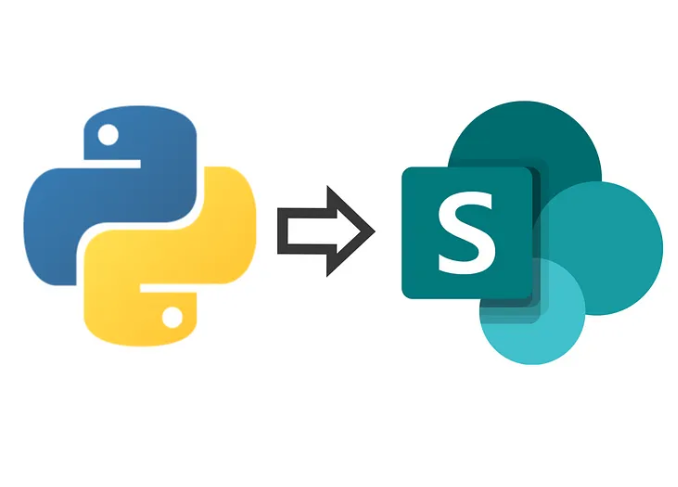Understanding Cloud Service Models: A Guide for Data Professionals
In the ever-evolving digital landscape, cloud computing has emerged as a cornerstone for managing, processing, and storing vast amounts of data. For data analysts, data scientists, and data engineers, understanding the principles of cloud service models is not just beneficial; it’s essential. These models - Infrastructure as a Service (IaaS), Platform as a Service (PaaS), and Software as a Service (SaaS) - offer unique advantages that can significantly enhance the efficiency, scalability, and flexibility of data operations. This blog post delves into each cloud service model, exploring their principles and highlighting their importance for data-centric roles.
Infrastructure as a Service (IaaS)
Principles IaaS provides virtualized computing resources over the internet. It’s the most flexible cloud computing model, offering a virtual server instance and storage, as well as API access to manage these resources. Users have control over operating systems, storage, and deployed applications, and sometimes limited control of select networking components (e.g., host firewalls).
Why It Matters for Data Roles
- Scalability: Data professionals often work with fluctuating data volumes. IaaS allows for easy scaling of computing resources to handle large datasets or complex simulations without the need for physical hardware.
- Flexibility and Control: With control over the computing environment, data engineers can optimize systems for specific tasks, whether it’s data processing, analytics, or machine learning workloads.
- Cost Efficiency: Pay-as-you-go models eliminate the need for large upfront investments in hardware, making it more feasible to experiment with new projects or technologies.
Platform as a Service (PaaS)
Principles PaaS offers a computing platform and solution stack as a service. It provides a framework for developers to build upon and create customized applications. Cloud providers manage the underlying infrastructure, allowing developers to focus on the deployment and management of applications.
Why It Matters for Data Roles
- Development Efficiency: Data scientists and engineers can quickly develop, test, and deploy data analysis tools or applications without worrying about system administration.
- Collaboration: PaaS environments often include built-in tools for version control, testing, and deployment, facilitating collaboration among data teams.
- Integrated Services: Many PaaS offerings come with pre-built tools and services for data analytics, machine learning, and IoT applications, streamlining the development process for data-centric projects.
Software as a Service (SaaS)
Principles SaaS delivers software applications over the internet, on a subscription basis. Cloud providers host and manage the software application and underlying infrastructure, and handle any maintenance, such as software upgrades and security patching.
Why It Matters for Data Roles
- Accessibility: Data analysts, scientists, and engineers can access sophisticated tools and applications from anywhere, without the need for installations or configurations.
- Cost-Effectiveness: SaaS solutions typically operate on a subscription model, allowing organizations to pay for only what they use, which can be particularly cost-effective for specialized software.
- Seamless Collaboration: Many SaaS applications are designed for collaboration, offering shared workspaces, integrated communication tools, and real-time data sharing among team members.
Integrating examples from industry leaders like Databricks and Amazon Web Services (AWS) can provide a clearer understanding of how cloud service models support data-related roles in practical scenarios. Let’s delve into how Databricks and AWS exemplify the principles and benefits of IaaS, PaaS, and SaaS for data analysts, data scientists, and data engineers.
Examples
Infrastructure as a Service (IaaS): AWS Example
AWS EC2 (Amazon Elastic Compute Cloud) AWS EC2 is a prime example of IaaS, offering scalable computing capacity in the cloud. Users can launch virtual servers (instances), configure security and networking, and manage storage. EC2 allows data engineers to scale computing resources up or down based on demand, ideal for processing large datasets or running complex data analytics workloads.
Why It’s Important for Data Roles
- Customization: Data professionals can select the instance type that best fits their performance and budget needs, including instances optimized for compute, memory, or storage.
- Elasticity: EC2’s ability to quickly scale resources helps manage workload spikes, such as during data processing or model training phases, ensuring cost-efficiency and performance.
Platform as a Service (PaaS): Databricks Example
Databricks Unified Data Analytics Platform Databricks offers a PaaS that provides a unified environment for data engineering, data science, and analytics. Built on top of Apache Spark, it simplifies big data processing and machine learning tasks with collaborative notebooks, integrated workflows, and an optimized Spark engine.
Why It’s Important for Data Roles
- Streamlined Workflow: Databricks facilitates collaboration between data scientists and engineers by providing a shared workspace where they can explore, visualize, and model data together.
- Integrated Tools: With built-in support for machine learning libraries and tools, Databricks enables data scientists to easily implement and deploy ML models, accelerating the time from development to production.
Software as a Service (SaaS): AWS Example
AWS Sagemaker Amazon SageMaker is a fully managed service that provides every developer and data scientist with the ability to build, train, and deploy machine learning models quickly. SageMaker removes the heavy lifting from each step of the machine learning process to make it easier to develop high-quality models.
Why It’s Important for Data Roles
- Accessibility: SageMaker’s fully managed environment allows data scientists to access a broad set of machine learning algorithms and frameworks without the complexity of managing the underlying infrastructure.
- Scalability and Speed: The service scales to handle large datasets and complex training jobs, significantly reducing the time required to train and deploy models.
Conclusion

For data professionals, the cloud is not just a technology choice; it’s a strategic asset that can drive innovation, efficiency, and scalability. By leveraging IaaS, PaaS, and SaaS, data analysts, scientists, and engineers can focus more on deriving insights and creating value from data, rather than being bogged down by the underlying infrastructure and IT logistics. Understanding the principles and benefits of each cloud service model enables data professionals to make informed decisions, tailor their cloud strategy to their specific needs, and ultimately, harness the full potential of cloud computing in the data-driven era.


